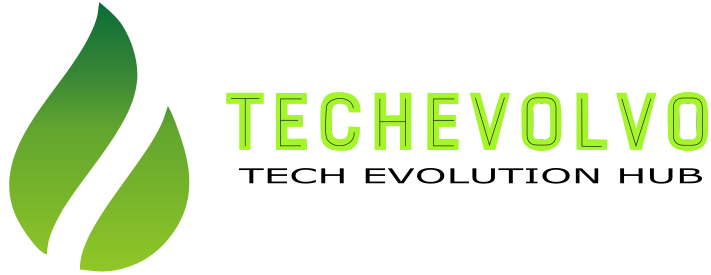Introduction
In today’s fast-paced digital landscape, cloud computing has emerged as a transformative technology that has revolutionised the way businesses operate and individuals access and store data. Whether you’re a tech-savvy professional or just someone curious about the buzz around “the cloud,” this blog post will serve as your comprehensive guide to understanding cloud computing.
What is Cloud Computing?
At its core, cloud computing is the delivery of various services (such as storage, computing power, databases, networking, software, analytics, and more) over the internet. These services are provided by remote servers, commonly referred to as “the cloud,” which enables users to access and use resources without the need for owning and managing physical infrastructure.
Key Concepts:
On-Demand Service: Cloud computing offers on-demand access to a wide range of resources. Users can scale up or down as needed, paying only for the services they consume, much like paying for utilities.
Broad Network Access: Cloud services are accessible over the internet from a variety of devices, including laptops, smartphones, and tablets, making it highly convenient and accessible.
Resource Pooling: Cloud providers pool their computing resources to serve multiple customers. This means that resources are shared efficiently and dynamically allocated based on demand.
Rapid Elasticity: Cloud resources can be rapidly provisioned and released, allowing for quick scalability to meet changing workload requirements.
Measured Service: Cloud computing resources are metered, allowing organisations to track and optimise their usage, which can lead to cost savings.
Types of Cloud Services:
Infrastructure as a Service (IaaS): Provides virtualized computing resources over the internet. Users can rent virtual machines, storage, and networking.
Platform as a Service (PaaS): Offers a platform that enables developers to build, deploy, and manage applications without worrying about the underlying infrastructure.
Software as a Service (SaaS): Delivers software applications over the internet, typically on a subscription basis. Users can access these applications from a web browser.
Deployment Models:
Public Cloud: Services are offered by third-party providers, such as Amazon Web Services (AWS), Microsoft Azure, and Google Cloud Platform (GCP), and are available to anyone over the internet.
Private Cloud: Resources are dedicated to a single organisation and can be hosted on-site or by a third-party provider. It offers more control and security but may require more management.
Hybrid Cloud: Combines both public and private cloud models, allowing data and applications to be shared between them. This offers flexibility and the ability to meet specific business needs.
Benefits of Cloud Computing:
Cost Efficiency: Eliminates the need for expensive hardware and reduces operational costs.
Scalability: Easily scale resources up or down to match demand, ensuring optimal performance.
Flexibility: Access resources from anywhere, fostering remote work and collaboration.
Reliability: Cloud providers offer high availability and redundancy, reducing the risk of downtime.
Security: Leading cloud providers invest heavily in security measures, often surpassing what many organisations can achieve on their own.
Innovation: Access to cutting-edge technologies and services without the need for in-house development.
Conclusion
Cloud computing is not just a technology but a catalyst for innovation, enabling businesses of all sizes to thrive in a digital-first world. By understanding its core concepts, service models, deployment options, and benefits, you’re well on your way to harnessing the power of the cloud for your own needs. Stay tuned for more in-depth articles on cloud computing, as we delve into specific topics and use cases in future posts on Techevolvo.


